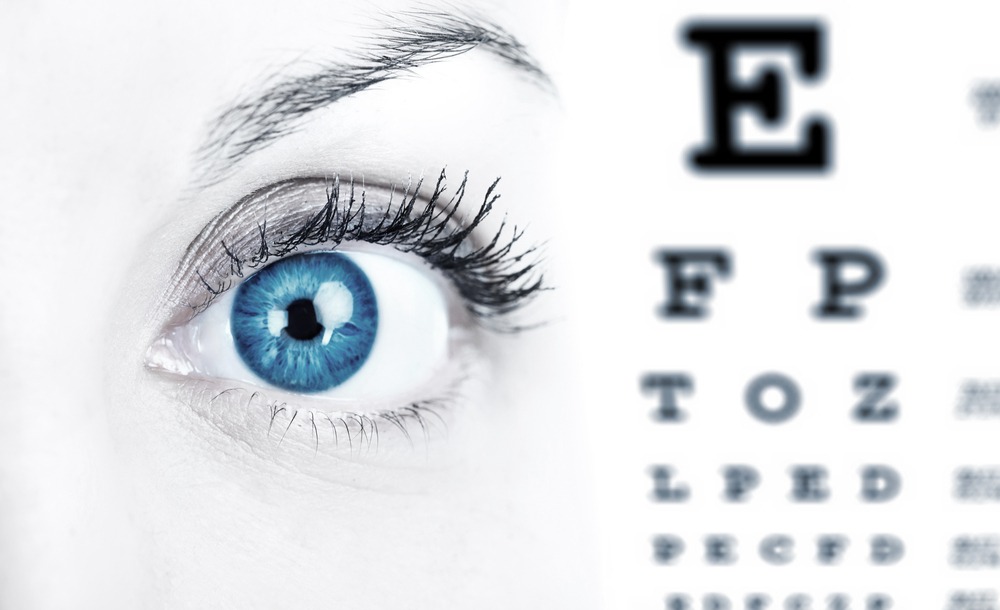Vision Change
 A sudden adverse change in your vision could mean that the tissue lining the retina (the back of the eyeball), the blood vessels in the eye, or the optic nerve have developed a serious problem. This condition should be professionally evaluated by an eye surgeon to diagnose the problem and recommend timely treatment.
A sudden adverse change in your vision could mean that the tissue lining the retina (the back of the eyeball), the blood vessels in the eye, or the optic nerve have developed a serious problem. This condition should be professionally evaluated by an eye surgeon to diagnose the problem and recommend timely treatment.
Types of Vision Changes
Any of the following vision changes would indicate that you should talk to an eye surgeon for medical advice:
- Photopsia (flashes of light) – This involves short but recurrent sparks, flickers or streaks of lift, especially during eye or head movement. These flashes may sometimes occur with retinal detachment.
- New floaters – These represent the appearance of dark objects or shadows which float across your field of vision. A sudden appearance of floaters may indicate a retinal tear.
- A dark veil or curtain across partial vision field – Retinal detachment may result in this condition.
- Full or partial loss of vision – Retinal detachment may cause complete or partial vision loss in one or both eyes.
- Photophobia (light sensitivity) – Painful sensitivity to light may indicate a problem such as iritis or glaucoma.
- Pain in the eye – Infection, injury, or a sunburn may cause mild to moderate pain in the eye.
Blurry Vision could Indicate a Serious Eye Disease
If you develop a sudden blurry vision in one eye after the age of 60, it may indicate the development of a macular hole in a portion of the retina where fine focusing occurs. Sudden blurry vision could also indicate retinal detachment, inflammation of the optic nerve (optic neuritis), or eye herpes. Some of these eye diseases or conditions may lead to permanent vision loss. Therefore, it is vital to seek prompt eye care treatment.
Cataracts and Glaucoma
Vision changes, such as cloudy vision, blurred vision, glares and night halos could indicate a cataract. They should be removed on time to prevent their growth (which causes vision obstruction). Cataract surgery can successfully restore lost vision when cataracts are replaced with artificial lenses.
Tunnel vision or blurry vision may also be a sign of glaucoma. The symptoms may include a sudden or gradual narrowing of your visual field, which is accompanied by blurred vision at the borders of your visual field. In absence of treatment, the loss of vision will be progressive, and may even lead to permanent blindness.
Other Illnesses Related to Sudden Vision Loss
A gradual or sudden blurring of vision may be the sign of AMD or age related macular degeneration. This is marked by distortions, such as a straight line may appear broken or wavy. AMD is a major cause of blindness among elderly patients. If you are suffering from diabetes, unexplained or sudden blurred vision may occur because of the development of diabetic retinopathy.
Contact Khan Eyelid and Facial Aesthetics and Oculoplastic & Reconstructive Surgeon Dr. Tanya Khan Today to Schedule an Appointment
For more information about procedures and treatments at Khan Eyelid and Facial Aesthetics by Ophthalmic surgeon Dr. Tanya Khan. Click here to contact us.
Taking patients from in and around Dallas, Plano, Fort Worth, Grapevine, Garland, Mesquite, Carrollton, Irving, Frisco, Texas and more.


 Ophthalmology is a specific medical field requiring 12 – 13 years of training for becoming certified in both surgery and medicine. Ophthalmic surgeons have additional surgical training as a subspecialty. An ophthalmic surgeon can perform eye surgery if you need it.
Ophthalmology is a specific medical field requiring 12 – 13 years of training for becoming certified in both surgery and medicine. Ophthalmic surgeons have additional surgical training as a subspecialty. An ophthalmic surgeon can perform eye surgery if you need it.






Schedule a Consultation: 972-EYE-LIDS (393-5437)